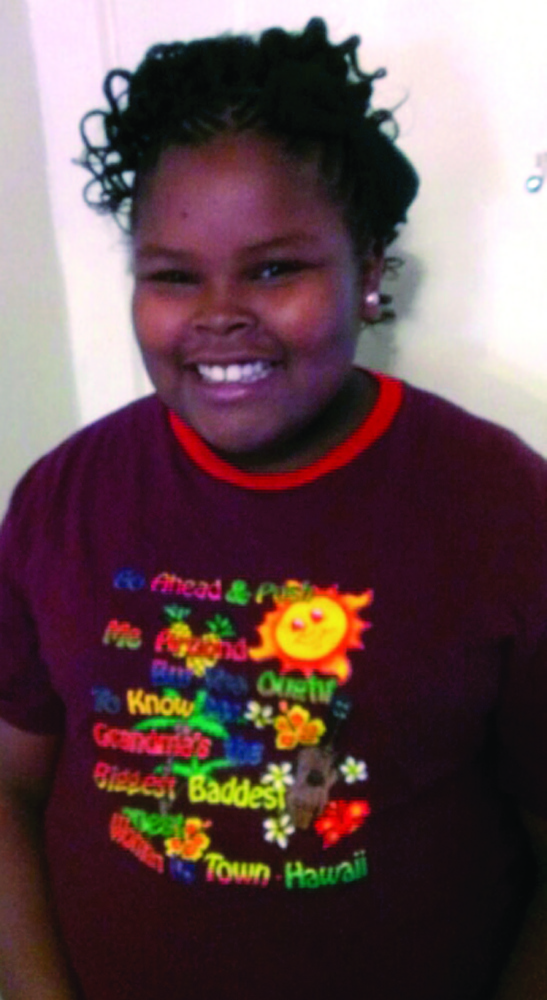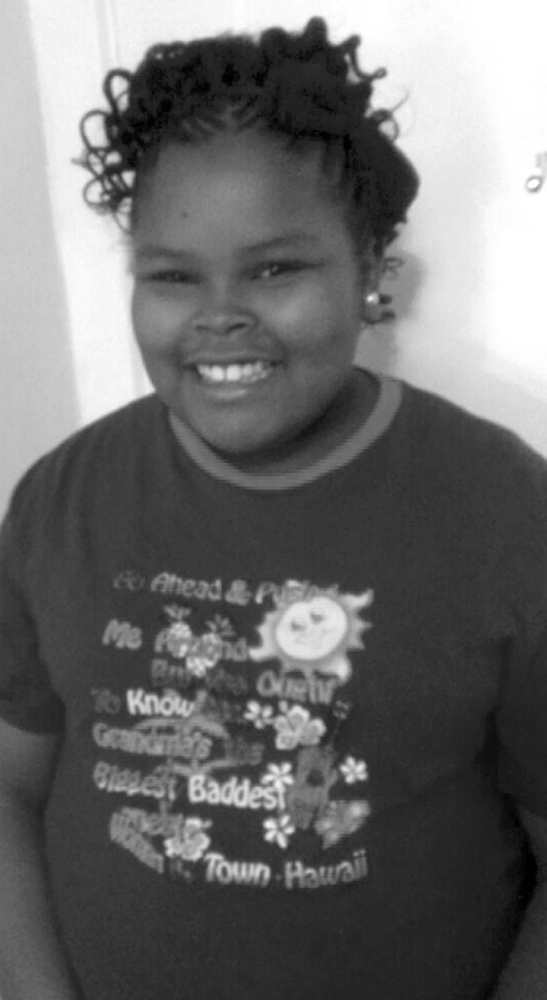Brain death needs a new name, some doctors and bioethicists say. Perhaps it should be called “death via cessation of brain function.” Then, perhaps, the public might better understand that it’s not just a serious coma or a severe brain injury or a persistent vegetative state. It’s the end of life.
In fact, according to Arthur Caplan, a professor of bioethics at New York University, a determination of brain death is more certain than one of cardiac death. There are no absolute rules about how many times a doctor must apply the paddles of a defibrillator before declaring a patient dead, Caplan said; in extraordinarily rare cases, that has led to a patient regaining consciousness after it was thought to be beyond hope. In contrast, a long list of tests must be done by specialists, and various criteria must be met, to determine brain death.
The tragic case of Jahi McMath is testing the public’s understanding — and the courts’ mettle — when it comes to brain death. Both have been found lacking. Jahi is the 13-year-old girl who suffered bleeding and other rare complications after a tonsillectomy and surgery to treat her sleep apnea. Five doctors, the coroner and a judge have declared her brain-dead, but Jahi’s distraught mother, Nailah Winkfield, has not been willing to accept that this means true death. She took Children’s Hospital Oakland to court, seeking to keep her daughter on a ventilator.
Jahi, she said, is still breathing. She is warm to the touch and her heart is beating.
But actually, Jahi is not breathing. A ventilator is pumping oxygenated air into her lungs, and her heart has responded to the oxygen by beating, Caplan said. That would end if the ventilator were removed. And the lack of any brain activity cannot be reversed. Jahi is sadly and irrevocably dead.
The problem is that even though the judge in the case agreed with that pronouncement, he ordered another delay, while Winkfield moved her daughter to a long-term care facility. Meanwhile, support has come from people across the nation who think this is one of those cases in which doctors might have made an arrogant mistake.
But even if the family has found a competent facility willing to treat someone who is officially deceased, the process has blurred the lines between life and death. A death certificate was issued Jan. 3, listing the date of death as Dec. 12. The death certificate made this a coroner’s case, but the coroner released Jahi for treatment as though she were alive. Children’s Hospital Oakland refused to perform a tracheotomy or to insert a feeding tube in preparation for the teenager’s transfer; it said that it was inappropriate to perform medical procedures on a dead person, and three judges have backed its decision. Also unclear is who will pay for continued care. Whether the family is covered by insurance is not known, but neither insurance companies nor taxpayers should have to cover ongoing care for the deceased.
It’s difficult not to sympathize with Winkfield, who must accept what seems so unacceptable to any parent. But the judge’s decision to keep the ventilator in place for now has not helped the public understand the situation, nor has it helped Jahi.
The courts in this case have followed the predictable pattern, delaying and preventing change to the status quo, toward life or toward death; they have declined to order the ventilator removed or a feeding tube inserted. Unfortunately, that approach leads to more public confusion and a blurring of the lines about death. It sends a message that families might be better equipped than doctors to decide when a patient is dead, even though brain death has been considered true death for decades, encoded into law throughout the nation.
Nailah Winkfield sees her mission as keeping her daughter alive. But in truth, all the courts have allowed her to keep alive is the illusion of life.
Editorial by the Los Angeles Times
Send questions/comments to the editors.




Success. Please wait for the page to reload. If the page does not reload within 5 seconds, please refresh the page.
Enter your email and password to access comments.
Hi, to comment on stories you must . This profile is in addition to your subscription and website login.
Already have a commenting profile? .
Invalid username/password.
Please check your email to confirm and complete your registration.
Only subscribers are eligible to post comments. Please subscribe or login first for digital access. Here’s why.
Use the form below to reset your password. When you've submitted your account email, we will send an email with a reset code.